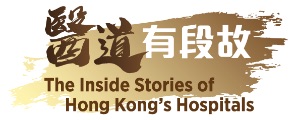
TWEH: A Historical Journey
From Chap Sien Hospital to TWEH
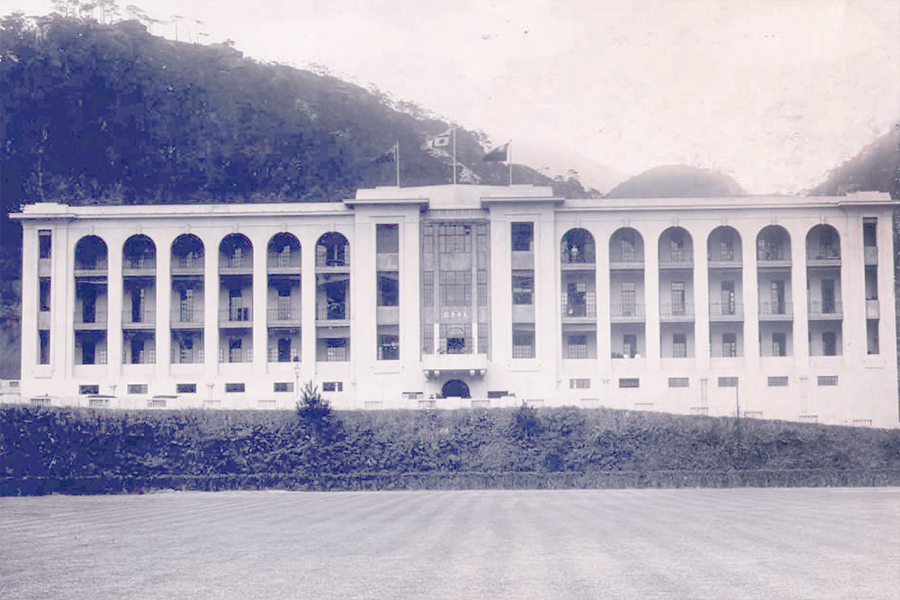 The Board of Tung Wah Hospital (TWH) was granted land in So Kon Po by the government in the 1920s to build a new hospital that would incorporate Chap Sien Hospital, a hospital funded by community fundraising in the Eastern District of Hong Kong. The new hospital was named Tung Wah Eastern Hospital (TWEH) and opened in 1929. It upheld the Tung Wah tradition of free health services and initially provided both a Chinese medicine dispensary and western medical services
The Board of Tung Wah Hospital (TWH) was granted land in So Kon Po by the government in the 1920s to build a new hospital that would incorporate Chap Sien Hospital, a hospital funded by community fundraising in the Eastern District of Hong Kong. The new hospital was named Tung Wah Eastern Hospital (TWEH) and opened in 1929. It upheld the Tung Wah tradition of free health services and initially provided both a Chinese medicine dispensary and western medical services
Maternity services for a baby boom
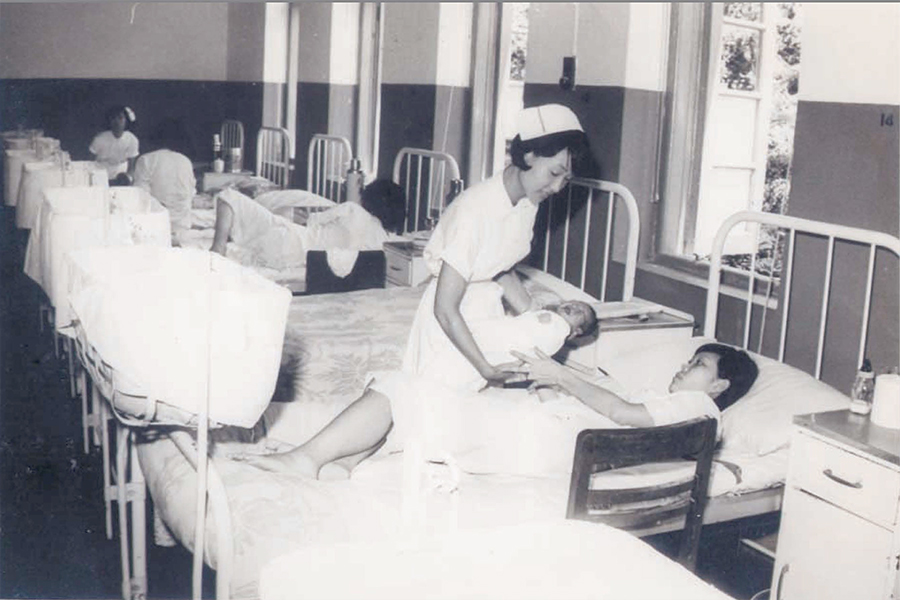 The history of TWEH is intertwined with societal developments in Hong Kong. During the Second World War in 1941, the hospital was requisitioned as a wartime facility and was later taken over by the Japanese army, forcing it to suspend operations for more than three years. After the war, TWEH resumed operations under the management of the TWGHs and provided maternity services during the post-war baby boom.
The history of TWEH is intertwined with societal developments in Hong Kong. During the Second World War in 1941, the hospital was requisitioned as a wartime facility and was later taken over by the Japanese army, forcing it to suspend operations for more than three years. After the war, TWEH resumed operations under the management of the TWGHs and provided maternity services during the post-war baby boom.
Seven decades of nurse training
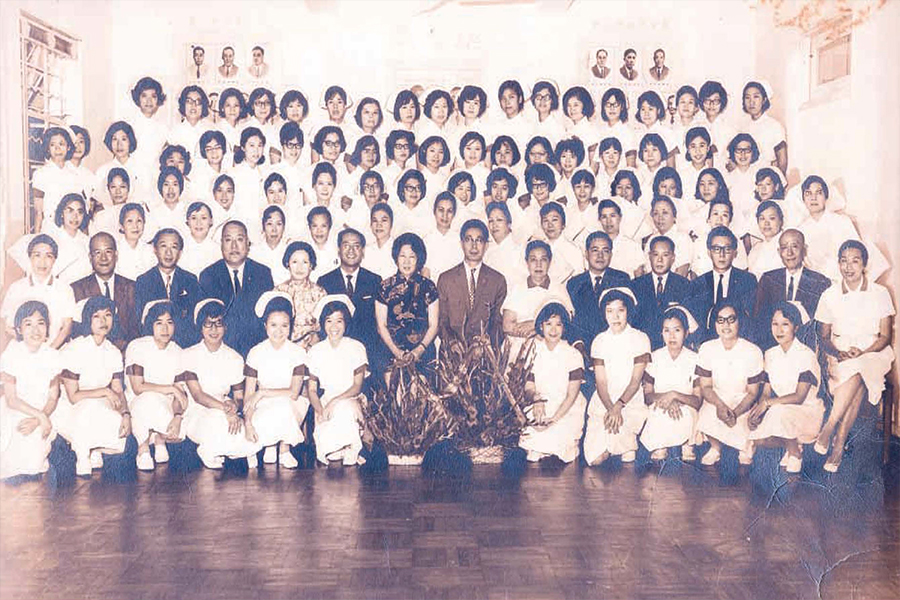 TWEH opened with a nursing school. In 1965, the nursing schools of TWEH and TWH were merged into a centralised campus at Kwong Wah Hospital, forming the TWGHs Nursing School. TWEH’s mission to train nurses continued, however, and in 1969, it launched a two-year enrolled nurse training programme. This photograph shows the programme’s graduates and the staff. The final cohort of student nurses graduated in 2001.
TWEH opened with a nursing school. In 1965, the nursing schools of TWEH and TWH were merged into a centralised campus at Kwong Wah Hospital, forming the TWGHs Nursing School. TWEH’s mission to train nurses continued, however, and in 1969, it launched a two-year enrolled nurse training programme. This photograph shows the programme’s graduates and the staff. The final cohort of student nurses graduated in 2001.
A walk-through history
TWEH’s exterior has retained much of its original charm and character spanning almost a century. In 2009, the hospital was declared a Grade II historic building. Here are some of its distinctive architectural features:Curved four wings
 Designed by the renowned architectural firm Palmer and Turner Hong Kong, the hospital adopted a western style. In the 1930s, the main building was expanded with four interconnected wings at the rear, linked by corridors and arranged in a fan-shaped layout.
Designed by the renowned architectural firm Palmer and Turner Hong Kong, the hospital adopted a western style. In the 1930s, the main building was expanded with four interconnected wings at the rear, linked by corridors and arranged in a fan-shaped layout.
Arched windows
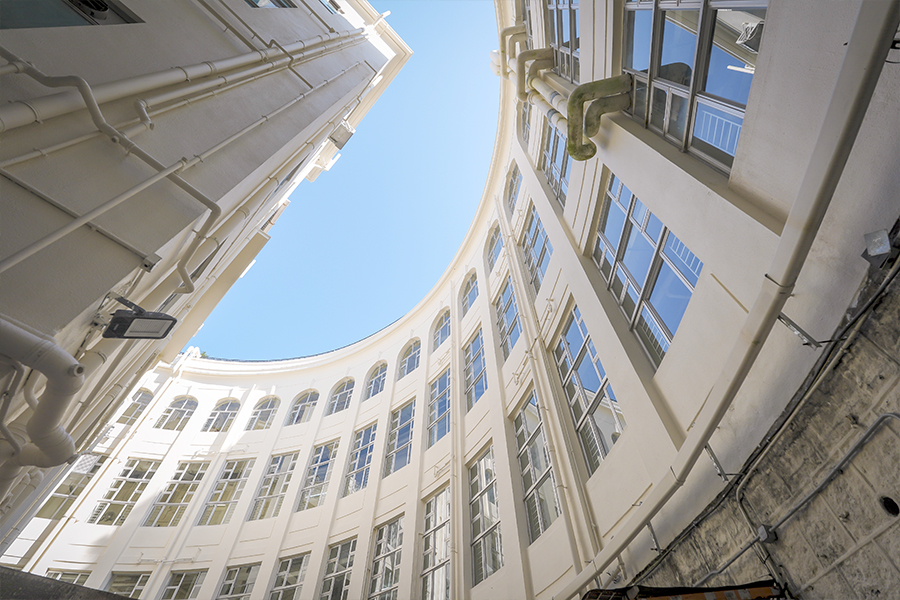 The top floor windows feature an arched design, thoughtfully paired with high ceilings to make the most of natural light and ventilation.
The top floor windows feature an arched design, thoughtfully paired with high ceilings to make the most of natural light and ventilation.
Staircases for patients only
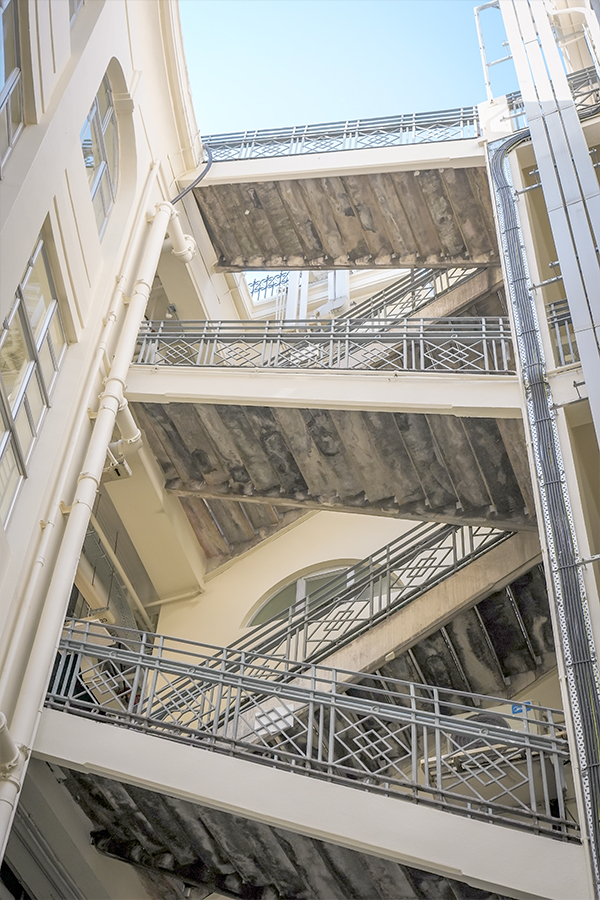 Staircases were installed outside verandas to address the public health needs of the time and provide dedicated access for patients with infectious diseases.
Staircases were installed outside verandas to address the public health needs of the time and provide dedicated access for patients with infectious diseases.
A road named after TWEH
Sai Ying Pun has Hospital Road, while Causeway Bay has Eastern Hospital Road, which is named after TWEH and is the main route to the hospital. The road is home to several schools and the Hong Kong Stadium and is also a popular route for learner drivers and driving tests.Interview video